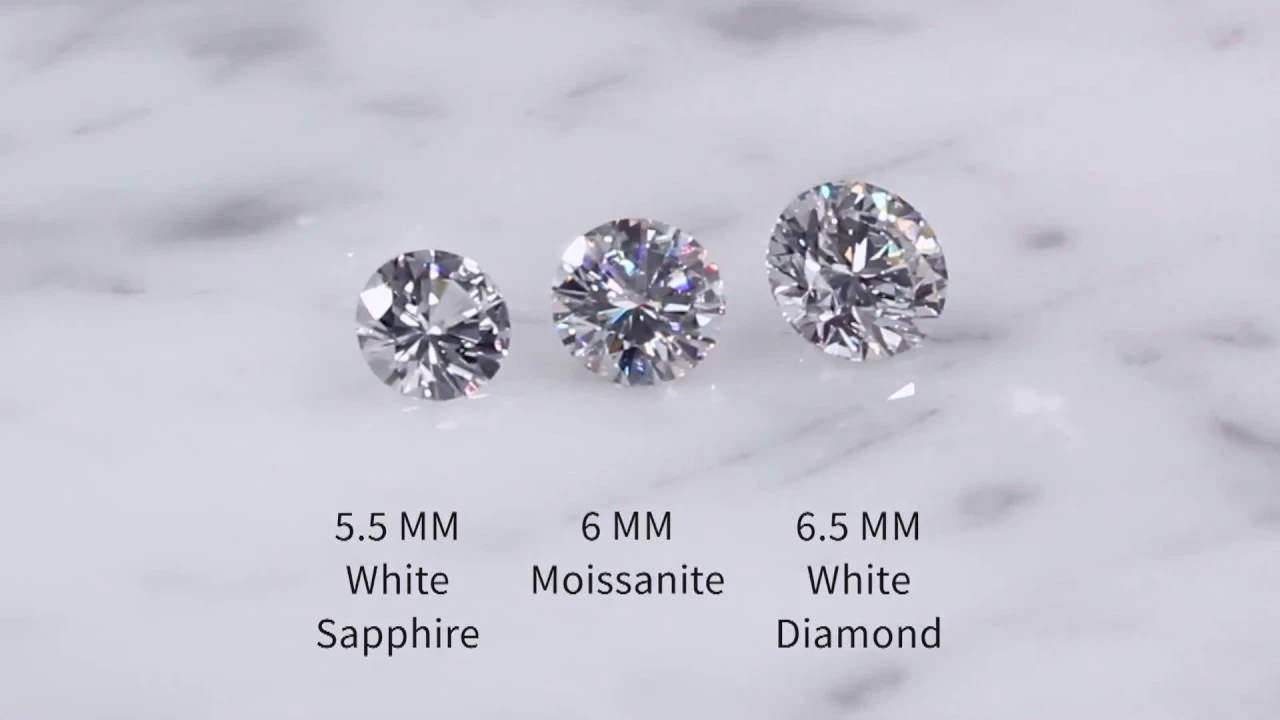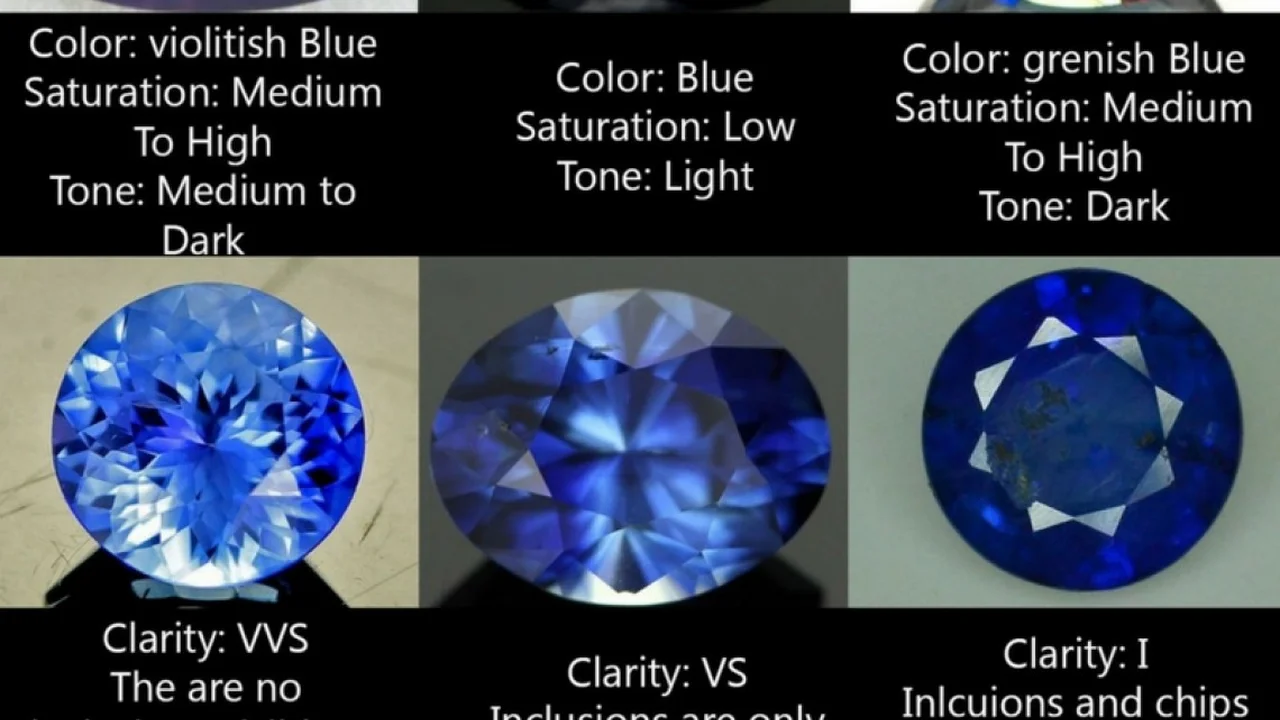5 Ruby Treatments That Affect Value Investors Need to Know
discover 5 ruby treatments that can significantly affect their value. essential knowledge for investors in the us and southeast asian markets to make informed decisions.

Hey there, savvy investors! Thinking about diving into the vibrant world of ruby investments? Awesome choice! But before you jump in headfirst, there's something super important you need to understand: ruby treatments. These processes can dramatically impact a ruby's value, and knowing the difference can save you from making a costly mistake. Let's get into it!
Understanding Ruby Treatments and Their Impact on Investment Value
So, what exactly are ruby treatments? Simply put, they're processes used to enhance a ruby's appearance, durability, or both. Some treatments are widely accepted and considered standard practice, while others are more controversial and can significantly decrease a ruby's worth. The key is transparency – knowing if a ruby has been treated and how.
The Top 5 Ruby Treatments Investors Should Know About
Here's a breakdown of the 5 most common ruby treatments you'll encounter, along with their impact on value:
1. Heat Treatment: The Most Common Enhancement for Ruby Color and Clarity
Heat treatment is by far the most prevalent ruby treatment. It involves heating the ruby to high temperatures (often over 1000°C) to improve its color and clarity. This process can dissolve inclusions (internal imperfections), deepen the color, and even turn a less desirable ruby into a stunning gem. While widely accepted, the degree of heat treatment matters.
Impact on Value: Mild heat treatment is generally accepted and has a minimal impact on value. However, excessive heating or the addition of chemicals during the heating process (like beryllium diffusion) can significantly reduce a ruby's price. Look for rubies with documented heat treatment levels from reputable gemological labs.
2. Lead Glass Filling: A Controversial Treatment Affecting Ruby Durability and Appearance
Lead glass filling involves filling surface-reaching fractures and cavities with molten lead glass. This treatment significantly improves the ruby's clarity and can make it appear more valuable at first glance. However, lead glass is much softer than ruby, making the treated stone more susceptible to damage. It’s also relatively easy to detect.
Impact on Value: Lead glass filling drastically reduces a ruby's value. These rubies are often sold at a fraction of the price of untreated or lightly heated stones. Always ask for a gemological report to confirm the absence of lead glass filling.
3. Beryllium Diffusion: An Advanced Treatment Altering Ruby Color and Clarity
Beryllium diffusion is a more advanced heat treatment that involves diffusing beryllium into the ruby's surface. This process can dramatically alter the ruby's color, turning pale stones into vibrant red gems. The treatment penetrates deeper than surface coatings, making it more difficult to detect. It's also a permanent treatment, meaning the color change is irreversible.
Impact on Value: Beryllium diffusion generally lowers a ruby's value compared to untreated or traditionally heated stones. The depth of the color penetration is a crucial factor. Full diffusion, where the color is present throughout the entire stone, is less detrimental than surface diffusion. A gemological report is essential to identify beryllium diffusion.
4. Surface Coating: A Temporary Enhancement for Ruby Color and Luster
Surface coating involves applying a thin layer of colored material to the ruby's surface to enhance its color or luster. This treatment is relatively easy to detect and is not considered a permanent enhancement. The coating can be scratched or worn away over time, revealing the original, less desirable color.
Impact on Value: Surface coating significantly decreases a ruby's value. These rubies are considered to be of lower quality and are often sold at a discounted price. Avoid rubies with surface coatings, as they offer little long-term investment potential.
5. Fracture Filling (Other Materials): Improving Ruby Clarity with Various Fillers
Besides lead glass, other materials like polymers or resins can be used to fill fractures and cavities in rubies. These fillers improve the ruby's clarity and can enhance its overall appearance. However, they are less durable than ruby and can be susceptible to damage from heat or chemicals.
Impact on Value: Fracture filling with materials other than lead glass generally has a negative impact on value, though less severe than lead glass. The type of filler used, its extent, and its visibility all play a role in determining the ruby's price. Gemological testing can identify the presence and type of filler.
Product Recommendations and Comparisons
Let's look at some examples to illustrate how treatments affect pricing. Remember, prices fluctuate based on market conditions, so these are approximate figures.
Example 1: The Untreated Burmese Ruby
Imagine a 1-carat untreated Burmese ruby with exceptional color and clarity. This gem could fetch upwards of $15,000 to $25,000, depending on its specific characteristics and the current market demand.
Usage Scenario: A high-end jewelry piece, such as a ring or pendant, for a discerning collector.
Example 2: The Heat-Treated Mozambique Ruby
A similar 1-carat Mozambique ruby that has undergone standard heat treatment might sell for $5,000 to $10,000. The price difference reflects the treatment and the origin (Burmese rubies are generally considered more valuable).
Usage Scenario: A beautiful and valuable piece of jewelry, accessible to a wider range of buyers.
Example 3: The Lead-Glass Filled Ruby
A 1-carat ruby with significant lead glass filling might only sell for $500 to $1,000, or even less. The drastic price reduction reflects the compromised durability and lower overall quality.
Usage Scenario: Costume jewelry or pieces where the aesthetic is prioritized over the long-term investment value.
Comparison Table: Ruby Treatments and Their Impact
| Treatment | Description | Impact on Value | Typical Price (1-carat, good color) |
|---|---|---|---|
| Untreated | No artificial enhancement | Highest | $15,000 - $25,000+ |
| Heat Treatment | Heating to improve color and clarity | Slightly Lower | $5,000 - $10,000 |
| Beryllium Diffusion | Diffusion of beryllium to alter color | Lower | $2,000 - $5,000 |
| Lead Glass Filling | Filling fractures with lead glass | Lowest | $500 - $1,000 |
| Surface Coating | Applying a thin colored layer | Very Low | <$500 |
:max_bytes(150000):strip_icc()/277019-baked-pork-chops-with-cream-of-mushroom-soup-DDMFS-beauty-4x3-BG-7505-5762b731cf30447d9cbbbbbf387beafa.jpg)






